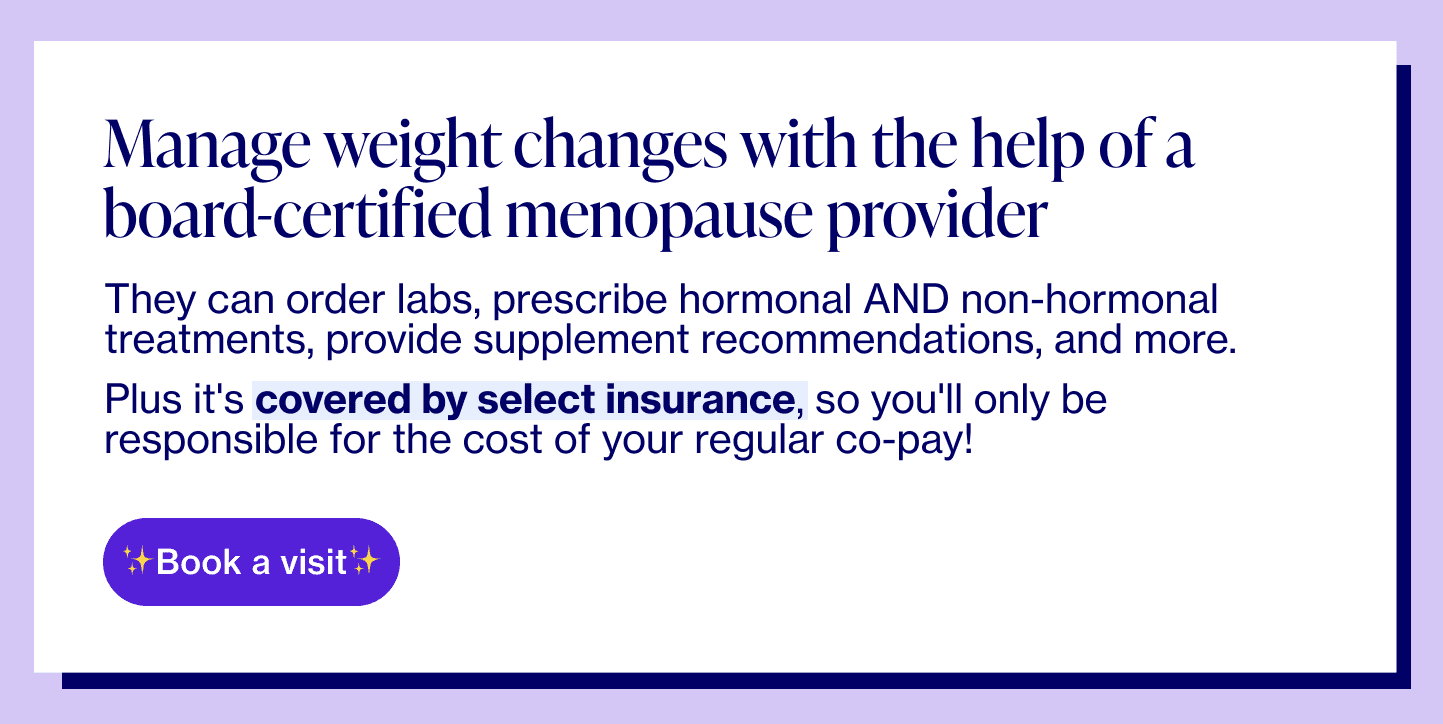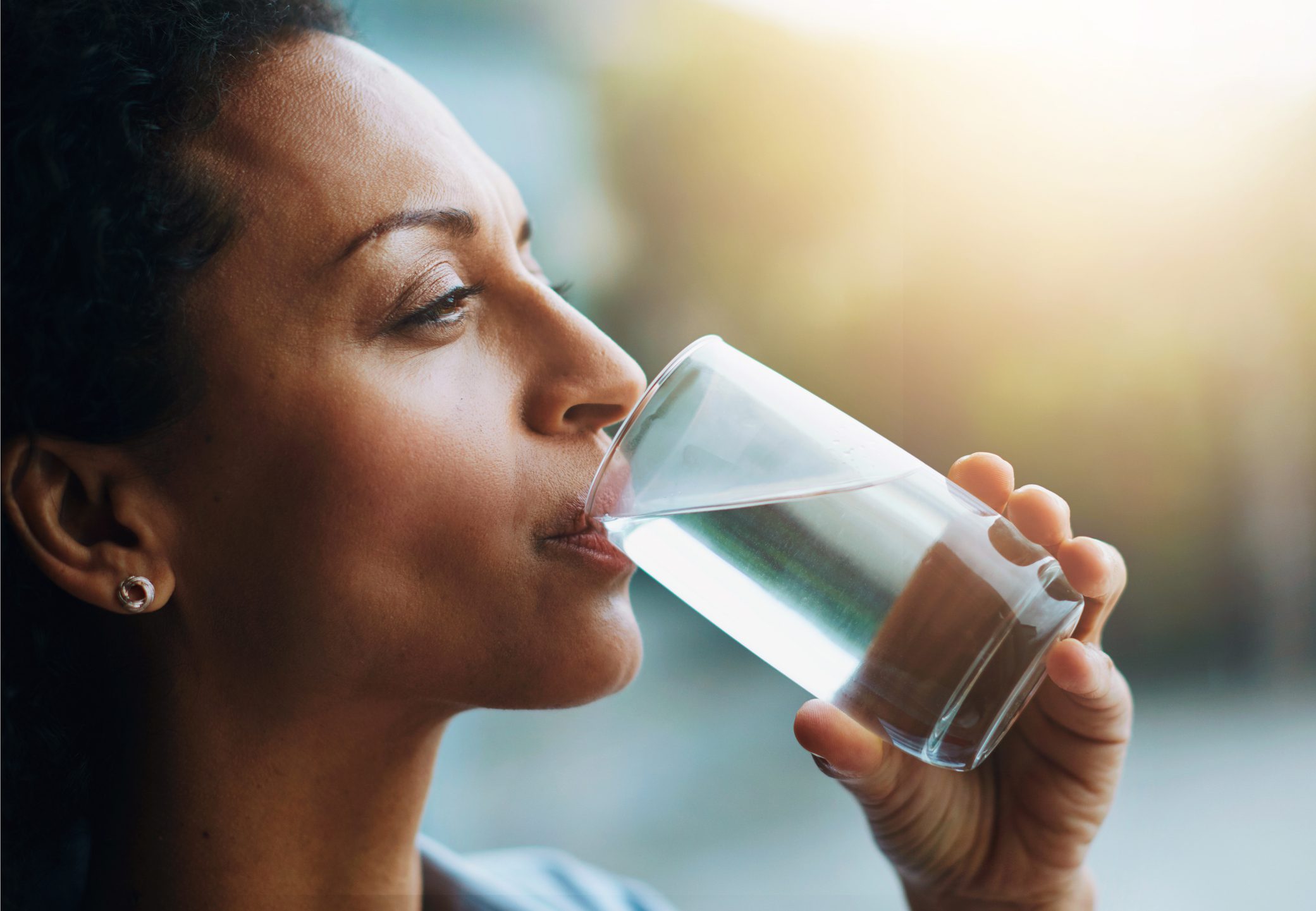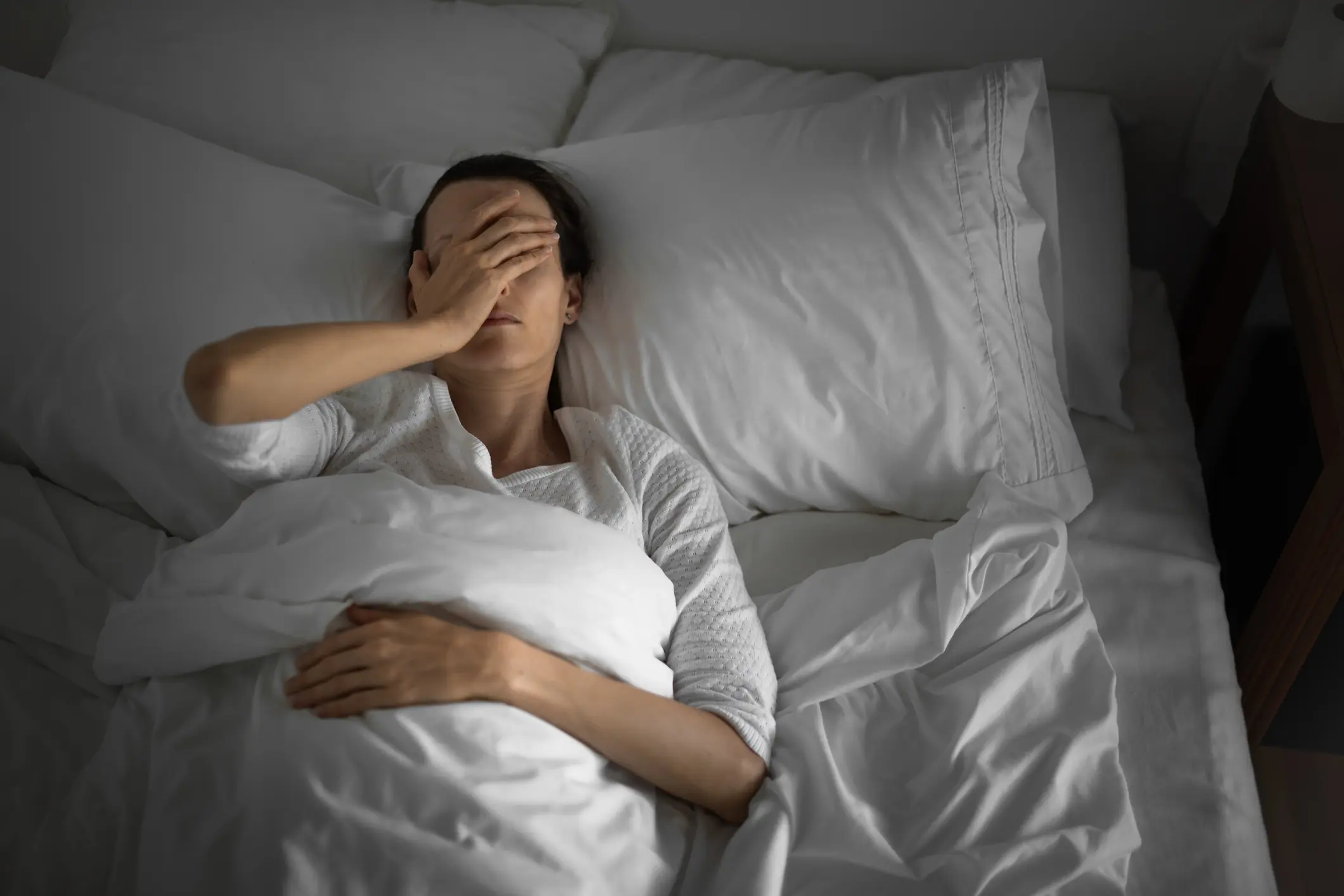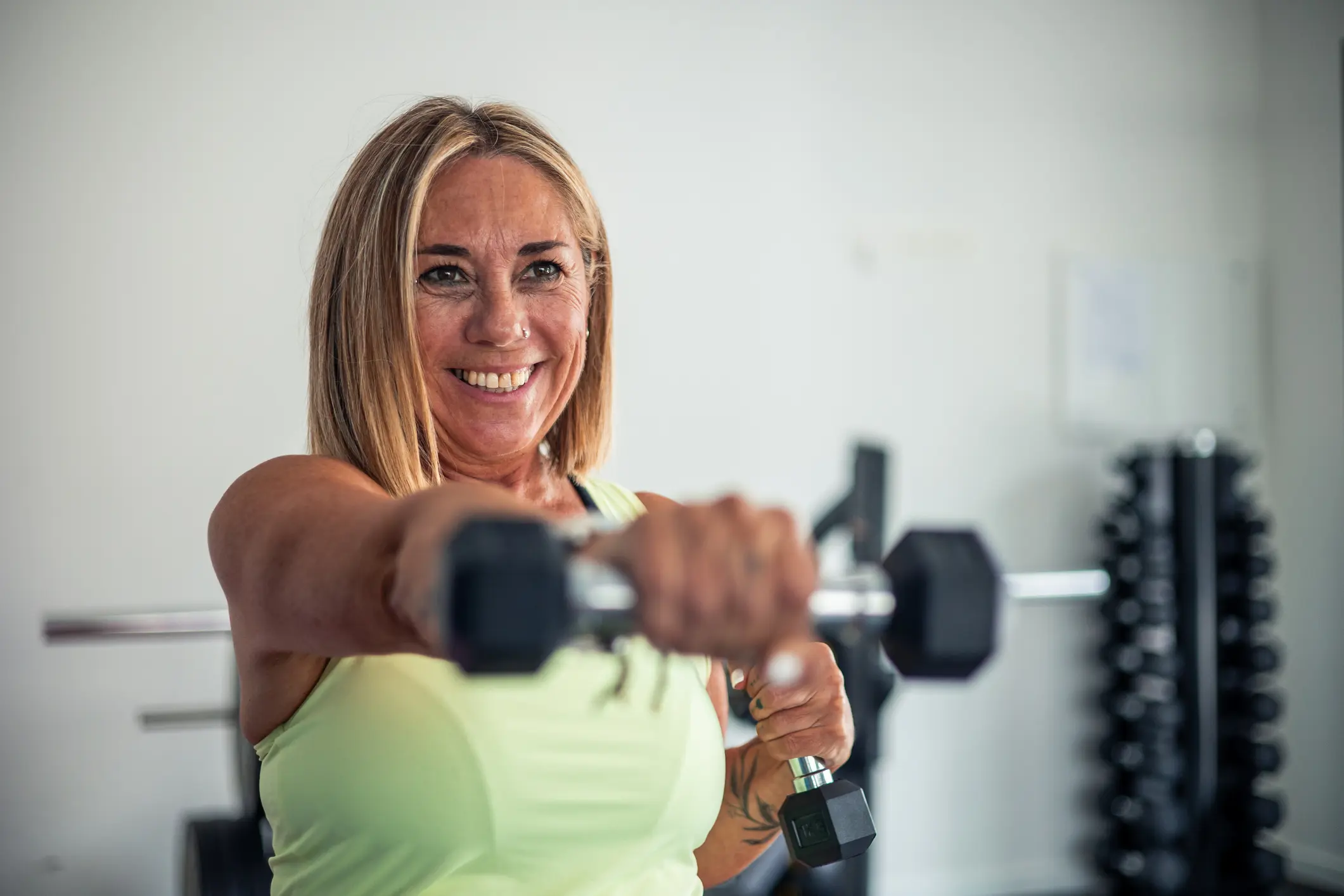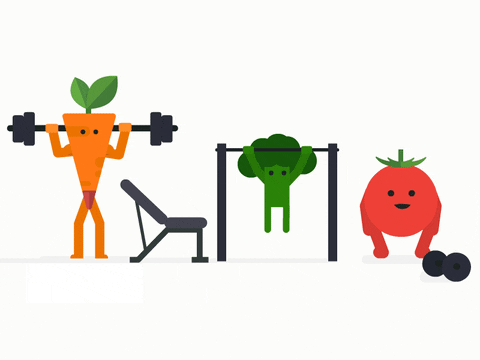
Published on Jan 02, 2024
Last modified on Jun 16, 2025
3 Exercises For Menopause To Try This Year
5 min read
There’s a whole lot of science behind the role that exercise can play in easing menopause symptoms, but it’s hard to know where to start.
Should I go all-in on yoga for its ~zen~ mind-body benefits? Invest in dumbbells to up my weight training game? Start biking to get my heart rate up? Learn what the heck pilates even is? HELP!!
Take a deeeeeeep breath…you’re in the right place. Below, we’re breaking down three of the top exercise types for menopause — whether you’re in the throes of perimenopause or well past your last period in postmenopausal territory. We’re also sharing recommendations for which exercises to focus on based on your pressing symptoms, and which to avoid.
Ready? Let’s do this.
3 of the best exercise routines for menopause
1. Strength Training
Estrogen plays a powerful role in protecting our bones, so when levels decrease during the menopause transition, so too does bone density, skeletal muscle mass, and strength. (Interestingly, declining estrogen levels may also impact our desire to exercise.)
Strength training exercises use weight (your body, hand weights, etc.) or resistance (resistance bands, etc.) to build muscle mass. And while we hate to load a “should” on you, this type of exercise is really a must since, starting in our 30s, we begin losing muscle mass (it gets replaced with fat tissue).
The only way to avoid this is…you guessed it…strength training. With repetitions (or reps) of the same movement, you’ll tire out the muscles. Tiny tears are made in the muscle fibers, after which the body works to repair them. This causes the muscles to get stronger and increase in mass.
An additional benefit of strength and resistance training? Reducing the risk of osteoporosis by strengthening bones, improving alignment, and preventing falls that may lead to fractures or broken bones.
How to start:
- Fitness Blender has over 500 strength workouts. Filter by equipment (kettlebell, exercise band, dumbbell, or just body weight), duration (as short as 10 minutes or as long as 50+), difficulty, and body focus.
- For more sweaty home workout videos, bookmark @growingannanas (for traditional strength training), @LiftwithCee (with strength training workouts targeted to women 40+), and @MoveWithNicole (for pilates).
- Don’t have weights? No sweat. You can always use cans of beans, a gallon of water, or even a container of laundry detergent (just be sure the top is screwed on tight!)
Pro tips:
- Always give your muscles at least one day’s rest in between workouts.
- Ideally, strength training is done 2-3x per week at a minimum.
- Remember, you can work different muscle groups on different days to keep your workouts short and sweet (but effective!). For example, do lower body on Mondays and Wednesdays, and upper body on Tuesdays and Thursdays.
- Avoiding injury is always the #1 priority. So if something hurts, don’t do it! And if you have injuries, it’s best to work with a personal trainer or physical therapist who can design a workout that’s safe for you.
- Your warm up and cool down are just as important as your exercise, so don’t skip those parts!
2. Cardio
While we’re big fans of strength training during the menopause transition, that doesn’t mean stopping aerobic exercise. Getting sweaty is not only important for our cardiovascular health, but it also helps with sleep, cognitive health, mental health, heart health, and more.
Cardio for better sleep
Studies show that people who engage in at least 30 minutes of moderate aerobic physical activity may see a difference in sleep quality as soon as that very night…but there are certain things you need to keep in mind in order to reap these benefits.
Avoid aerobic and/or high intensity exercise within 1-2 hours of bedtime since it can delay melatonin release, which may make it hard to get to sleep. Instead, if evening is the most convenient time for you to workout, prioritize low-intensity movement like tai chi and yoga…more on that below.
Cardio for better cognition
Aerobic exercise helps support brain health both indirectly (by supporting the heart) and directly (by affecting cerebral flow), with studies showing strong associations between physical activity — walking included — and cognitive function.
Cardio for mental health
Research shows that regular movement decreases overall levels of tension, helps elevate and stabilize mood, and boosts self-esteem. In fact, according to the World Health Organization, 150 minutes of moderate-intensity movement per week is enough to do the trick and reduce the risk of developing symptoms of anxiety and depression.
Cardio for heart health
It sounds counterintuitive (because exercise = racing heart), but aerobic activity is good — REALLY good, actually — for heart health and reducing the risk of cardiovascular disease (aka heart disease).
How to start:
- Here are some free YouTube videos to try:
Aerobics for beginners (45 minutes)
Cardio for women 40+ (15 minutes)
Cardio aerobics workout – no jumping or squats (30 minutes) - If you’ve been on social media lately, you may have heard about the viral 12-3-30 workout, which entails walking on a treadmill at a 12% incline at 3 miles per hour for 30 minutes. Here’s a personal trainer’s take on the trend…
- Remember, brisk walking counts too! Here’s a primer on how many steps we should actually be getting each day, plus five ways to up your daily step count.
Wait, what about HIIT?
Short cardio pushes are great for blood sugar regulation, cognition, memory…you name it. But what we want to avoid is a long, sustained high-impact workout since that spikes cortisol. And when this stress hormone is triggered over and over and over again, it can signal to the body that it should hold onto fat tissue, which is precisely what we don’t want. So strategic, short cardio pushes are key for optimal women’s health during these years.
READ MORE: Is HIIT *Actually* Good For Menopause?
3. Yoga
Yoga is a powerful mind-body practice. It’s equipment-free (besides the mat, of course) and uses your body as the weight to help work on flexibility and balance — all things that become increasingly important as we age. And get this: low-intensity movement like yoga can actually help with fatigue. In fact, one study showed that sedentary people who frequently experienced fatigue were able to boost their energy levels by 20% and decrease fatigue by 65% just by engaging in low-intensity exercise for three days a week, 20 minutes at a time.
How to start: Yoga With Adrienne is our go-to YouTube channel for yoga. There are over 700 videos, including 6-minute calming breath work, 15-minute wake-up flows, tutorials on yoga for back pain, 30-minute yin flows, and so much more.
Which exercise to prioritize based on symptoms/health goals
Variety is the name of the game here, which is why we recommend switching out your workout types and intensity regularly. Keeping cardio, strength, and low-impact restorative on a steady rotation will not only prevent you from getting bored, but it’ll also work a wider range of muscles in different ways to support whole-body health and quality of life.
That said, we often get asked what type of exercise to specifically focus on if, for example, you’re trying to maintain a healthy weight, or help improve bone density, or ease stress. Here’s what we recommend:
- Best exercise for weight loss: strength training
- Best exercise for hot flashes/night sweats: yoga
- Best exercise for improved bone mass: strength training
- Best exercise for fatigue: yoga
- Best exercises for stress and anxiety: aerobic exercise, yoga
- Best exercise for pelvic floor strength: pilates
A note on menopausal weight gain…
While exercise is important for all sorts of health reasons, diet is THE key player in weight management and makes the biggest difference. As our medical experts often say…you can’t out-exercise a poor diet, so you need to start by evaluating what, how much, and even when you eat.
If you’re finding it hard to stick to a regular exercise routine…
We totally get it (and have been there!).
Our top tip? Of all the workouts out there (of which there are many), the best one is the one that YOU like and that fits into your lifestyle. It has to be fun — or tolerable, at least — otherwise you won’t want to do it. If you aren’t finding any joy in your workouts, maybe it’s time to admit that and think about ways to move that aren’t a chore (Zumba, anyone?). Check out those virtual exercise classes that you’re intrigued by, but haven’t tried yet. Or, team up with a friend for some company and wellness accountability.
Ever tried Pvolve?
We teamed up with Pvolve to create a first-of-its-kind Moving With Menopause exercise program designed to focus on:
- Muscle mass
Up metabolism and combat weight gain through weight-training focused on form and the mind-to-muscle connection. - Bone density & heart health
Reduce bone loss and protect the heart with thoughtfully-designed exercises and quick cardio bursts. - Pelvic floor health
Protect the integrity of this area that can be associated with sexual discomfort and urinary urgency, two common symptoms of menopause. - Mindset, mood & recovery
Learn the techniques to lower cortisol for better sleep and weight management during perimenopause and beyond.
Learn more about Moving With Menopause >>
Read more
- Elektra’s Full Guide To Sleep During Menopause
- Elektra’s Full Guide To Anxiety During Menopause
- Elektra’s Full Guide To Hot Flashes During Menopause
- A Guide To Heart Health Screenings During MenopauseFrom Newsroom to Weight Room: Anne Marie Chaker, Author of LIFT, on Reclaiming Strength in Midlife
- Is There A Test For Bone Density? Should We Be Getting It?
- Yes, “Menopause Belly” Is Normal. Here’s What You Can Do About It.
- Are Weight Loss Drugs Safe & Effective For Menopause? (Ozempic, Wegovy, etc)
- Protein During Menopause: How Much Do We Really Need?
